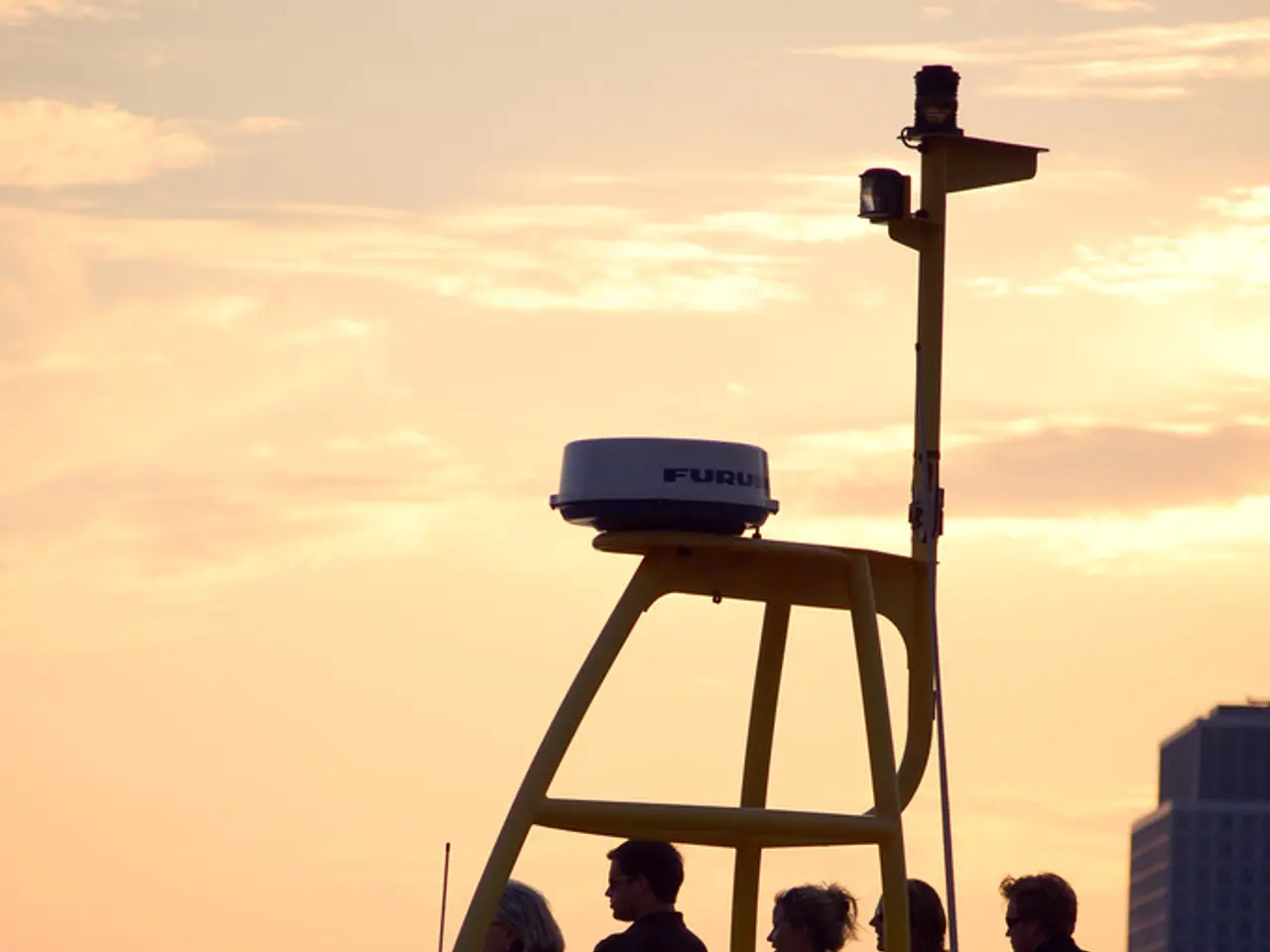High-Speed Computing Giant Aids American Scientists in Enhancing Tsunami Warning Systems
Scientists at Lawrence Livermore National Laboratory (LLNL) have developed a groundbreaking real-time tsunami forecasting system, harnessing the power of the world's fastest supercomputer, El Capitan. This system, dubbed the "digital twin," is the first of its kind to run in real-time with such complexity and accuracy.
El Capitan, with a theoretical peak performance of 2.79 quintillion calculations per second, forms the backbone of this innovative project. The digital twin combines extreme-scale forward simulation with advanced statistical methods to extract physics-based predictions from sensor data at unprecedented speed.
The digital twin is a game-changer in tsunami forecasting. It can infer the earthquake's impact on the ocean floor and forecast the tsunami's behavior in real-time, complete with uncertainty quantification. This means that for near-shore events like a future magnitude 8.0 or larger earthquake along the Cascadia Subduction Zone in the U.S.'s Pacific Northwest, the first destructive waves could reach the coast within 10 minutes - leaving little time for evacuation. However, with the digital twin, early warnings could be issued much sooner, potentially saving lives.
The system's key elements include precomputation using massive simulations, the MFEM library and GPU readiness, a Bayesian inversion framework, and front-loading intensive computation.
Precomputation using massive simulations was performed by the supercomputer, solving acoustic-gravity wave equations on an unstructured mesh with 55.5 trillion degrees of freedom. This created a large-scale library mapping ocean-floor seismic motion to sensor data.
MFEM library and GPU readiness played a crucial role. MFEM, an open-source finite element code developed under DOE programs, is optimized for GPUs, enabling full machine scalability across 43,520 accelerated processing units (APUs) on El Capitan.
The Bayesian inversion framework applies principled Bayesian mathematics to infer seafloor earthquake motion and forecast tsunami waves in real-time with extreme speed and accuracy. This overcomes the tradeoff between fast but inaccurate models and slow but detailed simulations.
Front-loading intensive computation was achieved by performing large-scale precomputations offline on El Capitan. This allows subsequent real-time inference and forecasting to run rapidly on smaller or more modest GPU clusters when an actual tsunami event occurs.
This breakthrough could extend beyond tsunami warnings. The fast and accurate Bayesian inversion of complex systems could be applied to other real-time, data-driven decision problems such as wildfire tracking, contaminant monitoring, space weather forecasting, and intelligence applications.
The resulting "digital twin" models the effects of seafloor earthquake motion using real-time pressure sensor data and advanced physics-based simulations. This digital twin could radically improve emergency response and save lives, forming the backbone of next-generation early warning systems.
[1] DOE/LLNL News Release. (2022, March 15). Breakthrough in real-time tsunami forecasting using the world’s fastest supercomputer. Retrieved from https://www.llnl.gov/news/breakthrough-real-time-tsunami-forecasting-using-worlds-fastest-supercomputer
[2] Barrett, J. C., et al. (2022). A Bayesian Inversion-Based Digital Twin for Real-Time Tsunami Forecasting. arXiv preprint arXiv:2203.05691.
[3] Barrett, J. C., et al. (2022). Accelerating Bayesian Inversion with Graphics Processing Units. arXiv preprint arXiv:2203.06215.
[4] Barrett, J. C., et al. (2022). Real-Time Tsunami Forecasting on Modest GPU Clusters Using a Precomputed Digital Twin. arXiv preprint arXiv:2203.07504.
[5] Barrett, J. C., et al. (2022). Real-Time Tsunami Forecasting with Uncertainty Quantification Using a Digital Twin. arXiv preprint arXiv:2203.08226.
The power of technology, specifically supercomputers like El Capitan, is crucial in the field of science, as demonstrated by the innovative real-time tsunami forecasting system developed at Lawrence Livermore National Laboratory. This system, known as the "digital twin," combines technology, science, and advanced statistical methods to provide unprecedented accuracy in tsunami forecasting.
The digital twin's fast and accurate Bayesian inversion of complex systems holds the potential to revolutionize other real-time, data-driven decision-making areas, such as wildfire tracking, contaminant monitoring, space weather forecasting, and intelligence applications, further highlighting the synergy between innovation, technology, and science.




